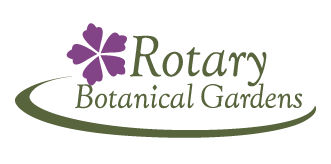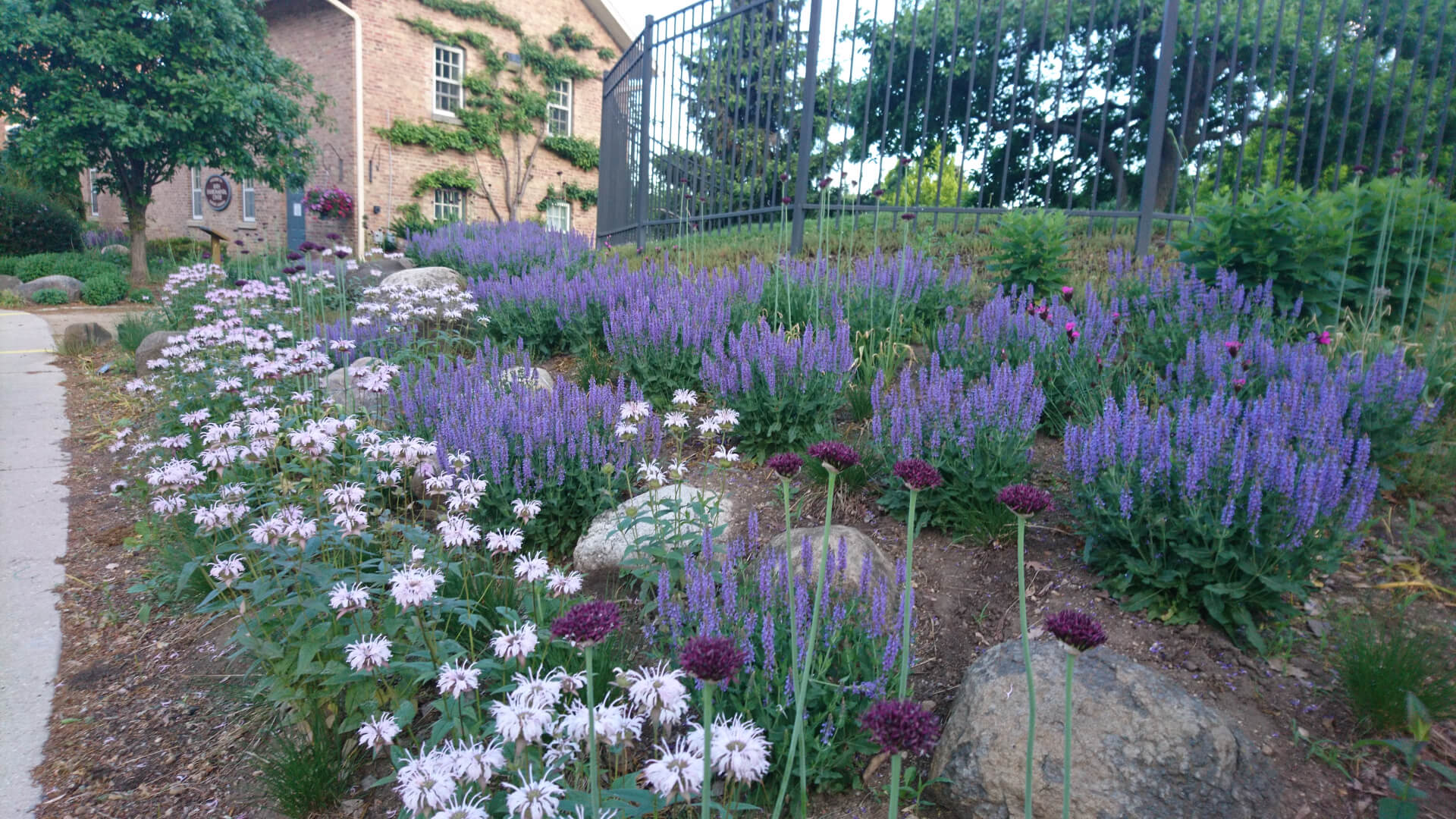
2021 Year in Review
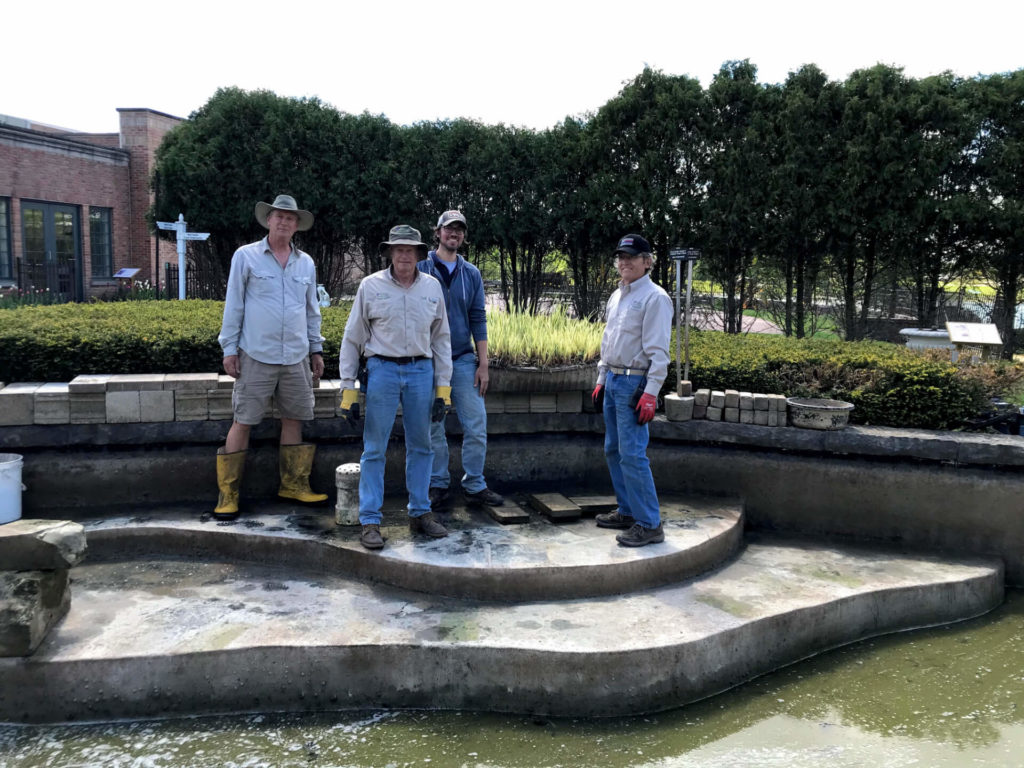
Looking back at some of the changes and updates we made to the Gardens last year
As we flip the calendar to a new year and are in the middle of ordering plants and dreaming of what the garden will look like in 2022, let’s take a look back at the year that was 2021.
A pandemic. Hungry deer. Severe drought. An irrigation system on the fritz. Loss of staff and volunteers. And on top of all that scores of Cottonwoods. These are some of the obstacles that colored 2021 at Rotary Botanical Gardens. Despite these challenges, we moved forward with several initiatives and projects that signal a bright future for the Garden.
At the heart of the road that we are going down is an emphasis on ecology and sustainable practices. The installation of perennial plantings throughout the garden are establishing well and will provide the benefits of year-round interest and habitat for pollinators.
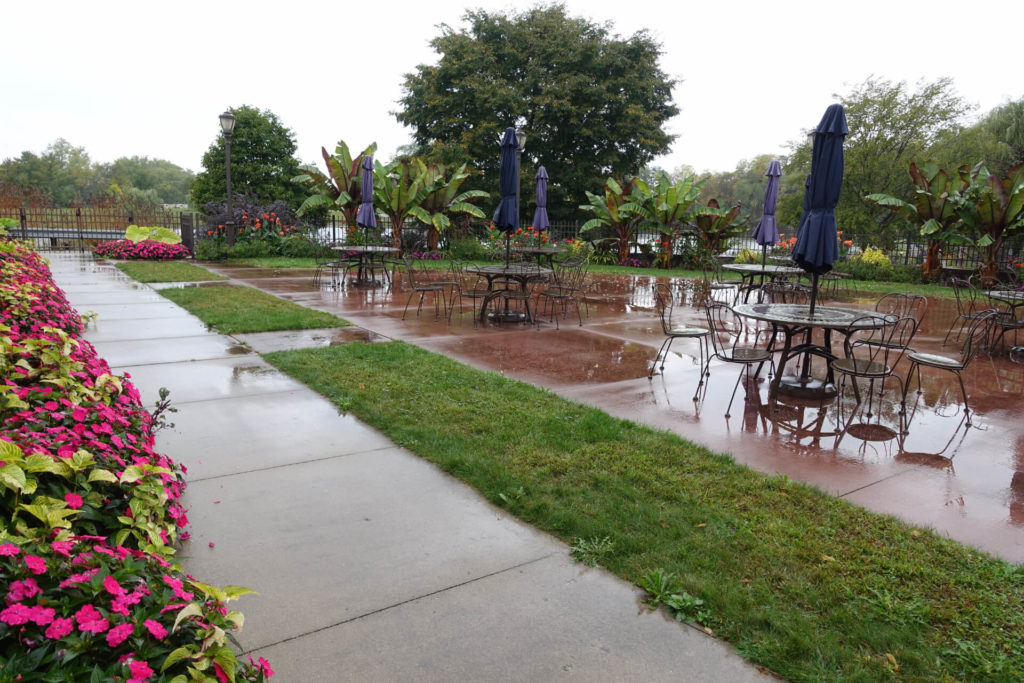
Removing turf is one of my favorite things and we have done our fair share. Turf takes a lot of inputs (fuel, labor, fertilizers) to maintain it at its best and gives nothing back in terms of benefits to wildlife, so where it makes sense, we have given up on it and created perennial beds; this is a botanical garden after all.
Areas in the Entrance Garden, Terrace Garden, and outside the fence line adjacent to the Prairie, all received ‘life after turf’ treatments. We are also phasing out our gas-powered landscape tools in favor of battery-operated versions, which are comparatively a much better choice for the environment.
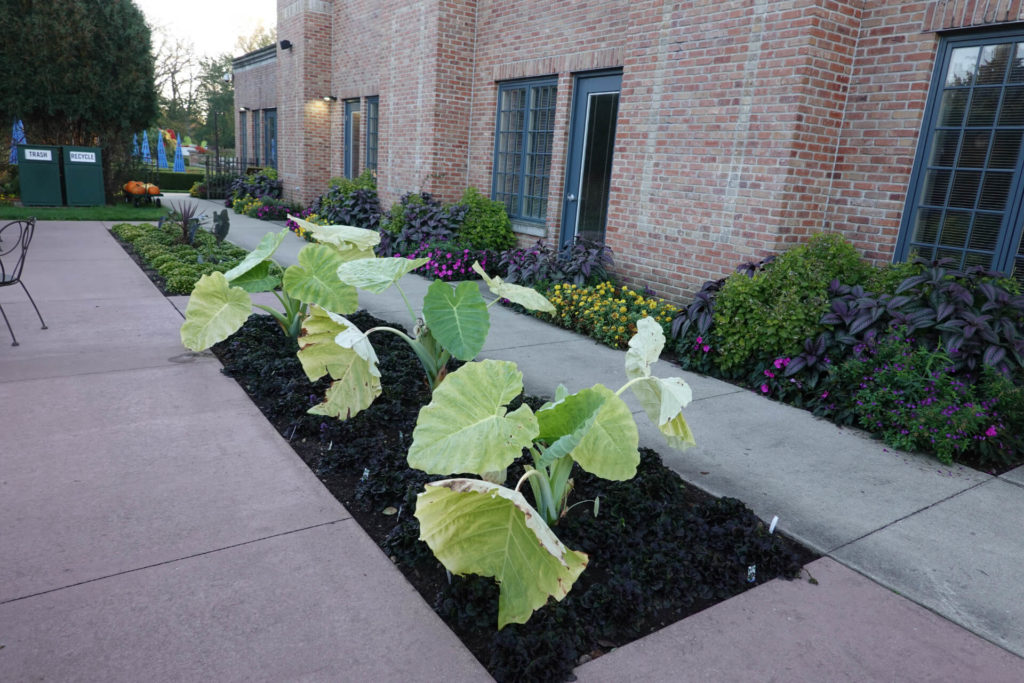
We have methodically looked at the collection from many directions. Low hanging fruit such as replacing weedy species like Populus deltoides, Acer negundo, Ulmus rubra, and Robinia pseudoacacia with species that add more value to the collection has been a priority. When appropriate, we are adding back in species that are uncommon such as Elsholtzia stauntonii, Disanthus cercidifolius, and Acer mandshuricum.
Spaces have been reimagined or are in the process of transformation. For example, an area next to the shoreline, adjacent to the Japanese Garden. This space is loaded with Equisetum hyemale, which is entrenched in the area.
Embracing the Equisetum because it is evergreen, we are converting the area into a Winter Walk. We’ve created a path, removed a dozen cottonwood trees among other scrub, and will be replanting with plants that have strong winter interest because Wisconsin winters are at least 4 months long, right?
Other improvements include the creation of a Cherry Blossom walk that features 13 Prunus x yedoensis trees, the revamping of our North Path Garden to plants native to Rock County and reworking the Koi Pond.
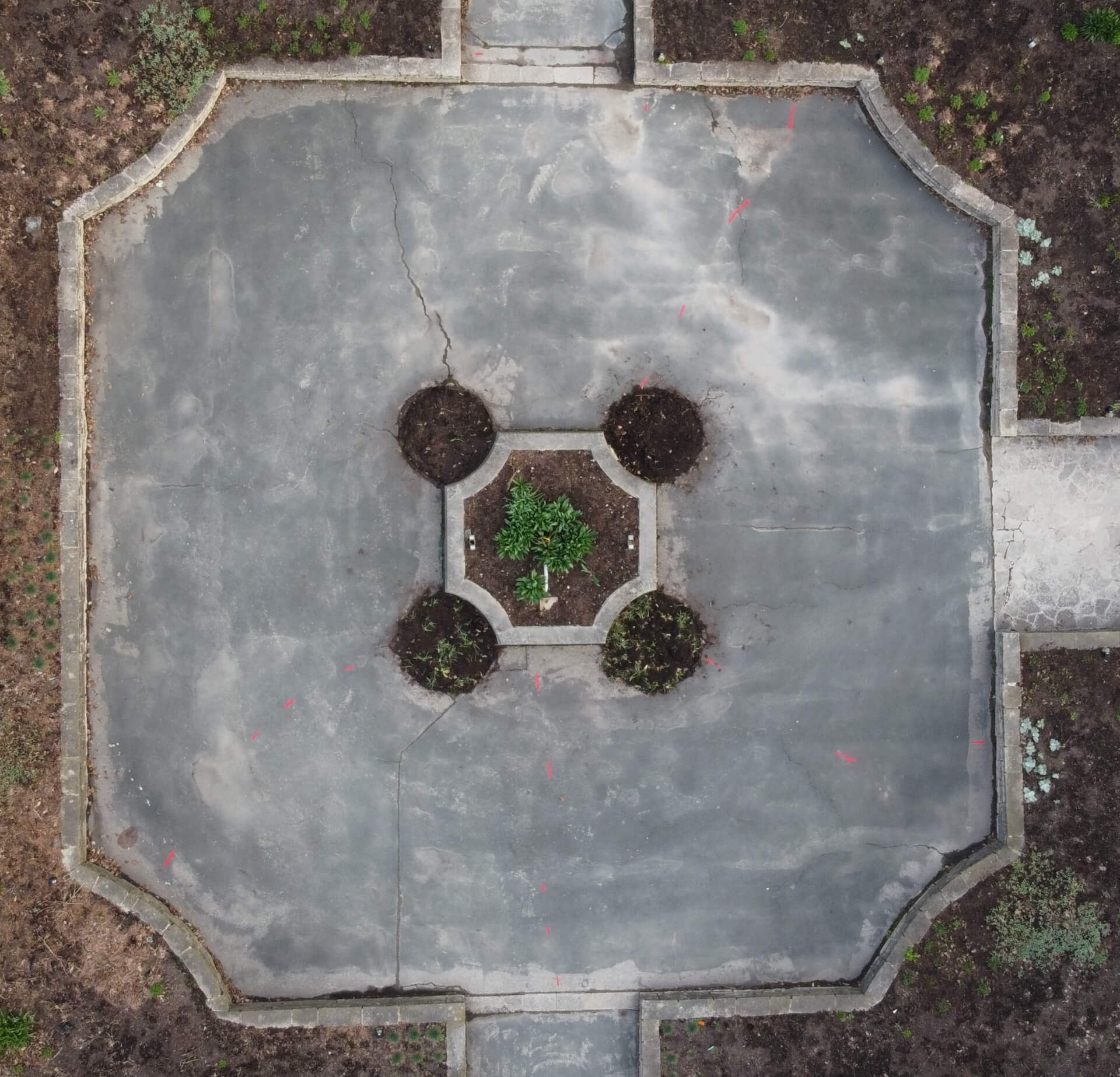
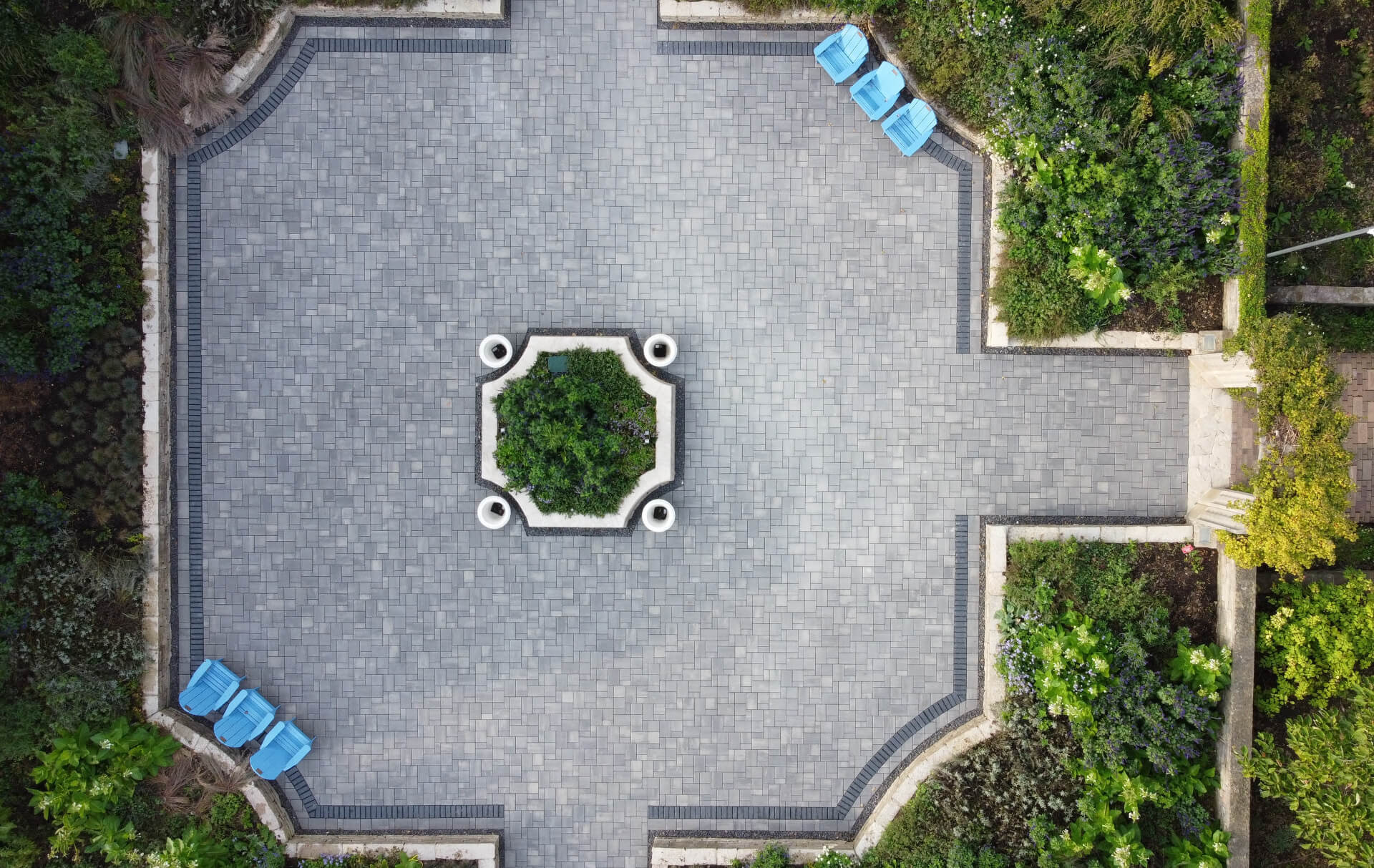
The Reception Garden received a complete resurfacing in late Spring, when the blacktop asphalt was removed and gave way to more elegant Unilock permeable pavers. A slate grey mix with a darker accent was chosen to complement the blue, silver, and white color theme of the surrounding landscape.
Our 2021 Story Walk interpreted Eric Carle’s classic book, ‘The Very Hungry Caterpillar,’ which featured interactive, larger than life fruit displays and matching color blocked flowers. Our Garden Art project complimented the book, as over 30 caterpillars graced our gardens, putting the creative work of local artists on display throughout the summer.
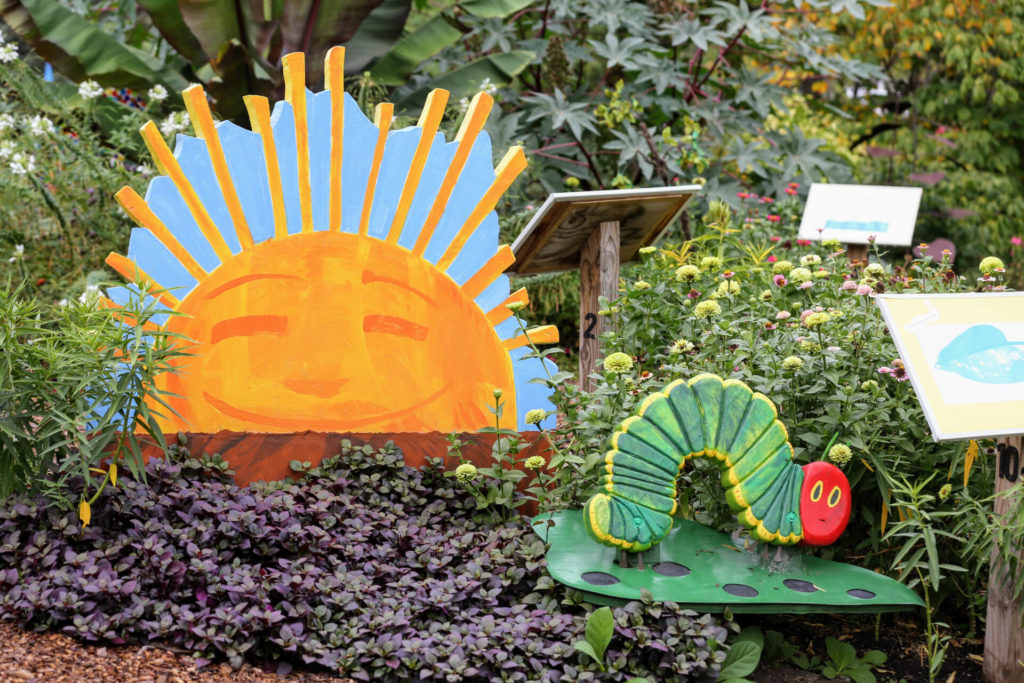
In the Rose Garden, traditional roses that offer the classic fragrance and textbook look of a rose were added to existing groupings of Knock Out and Flower Carpet roses. Furthermore, Nepeta ‘Purrsian Blue’ (catmint) and Calamintha nepeta (calamint) were planted to add flowering interest in between peak rose blooms in mid-to-late June. The hybrid tea, floribunda, and grandiflora roses that were added in 2021 were covered with compost in November to help insulate them through the winter.
With a garden that is now 32 years old, it was clear from my first day that significant resources had to be put into infrastructure. I’m a big believer in correcting the “little things” and that paying attention to the fine details of a garden can elevate it to something special.
We have ripped up outdated edging, stained, sanded, power washed, or applied some good ole’ elbow grease to many of our hardscape elements. We’ve replaced cracked or outdated containers with dry cast Longshadow planters in several areas with plans to install more containers next year.
Two years into my time at the Garden, I’ve come to expect the unexpected. It has been a challenge, but that’s not necessarily a bad thing. I’m having the time of my life and looking forward to more in 2022. This is fun.
PS: Speaking of more. We added A LOT of bulbs this autumn, we lost count somewhere around 55,000, so be sure to check out this display in the spring. We are all working so hard and invite you to come visit us and see what we are up to.
